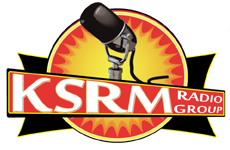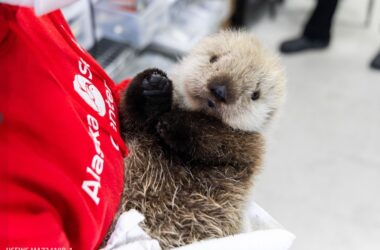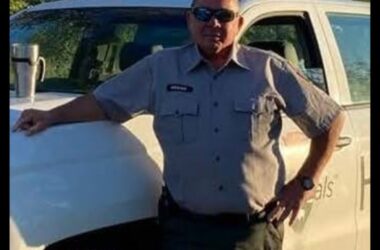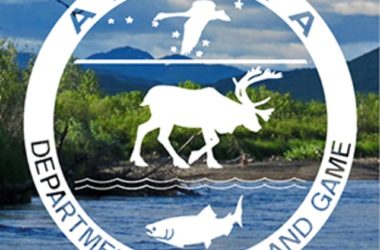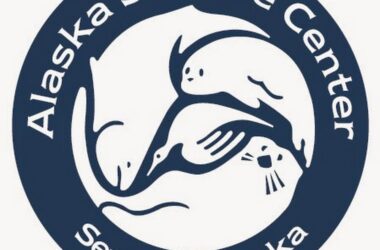The University of Pennsylvania Museum of Archaeology and Anthropology—commonly known as the Penn Museum—is moving to return 272 unassociated funerary objects to Alaska, following a formal request for repatriation from the Native Village of Barrow Inupiat Traditional Government.
The items, which include a broad range of tools, hunting weapons, ceremonial objects, and traditional dishware, were originally collected from burial sites near present-day Utqiaġvik between 1897 and 1898 by Edward Avery McIlhenny. McIlhenny was working on behalf of the Penn Museum and the Academy of Natural Sciences of Philadelphia to assemble ethnographic and archaeological collections from the region.
According to the museum’s official filing, the items were accessioned into the Penn Museum’s collection in 1899. Of the 272 objects, 15 were recovered from the Cape Smythe graveyard east of Utqiaġvik, while the remaining 257 came from the historic Nixeruk cemetery at Point Barrow—both located within the North Slope Borough.
The collection includes adze heads, knives, dog harness swivels, drills, needles, scrapers, snow goggles, wrist guards, arrowheads, bullets, harpoon fragments, dishes, amulets, pipe fragments, beads, and sled parts. They are made from a variety of materials, including stone, metal, glass, and organic materials like bone, antler, leather, sinew, and wood. Two items contain known traces of lead.
In its formal notice, the Penn Museum stated that “the 272 unassociated funerary objects… are reasonably believed to have been placed intentionally with or near human remains, and are connected… as part of the death rite or ceremony of a Native American culture.” That determination was made based on Native American traditional knowledge, the museum added, in accordance with federal requirements under the Native American Graves Protection and Repatriation Act (NAGPRA).
The items are identified as culturally affiliated with the Native Village of Barrow Inupiat Traditional Government, but the museum notes that additional repatriation requests may be submitted by any lineal descendants or federally recognized tribes that can establish a connection.
Requests must be submitted in writing before July 28, 2025. If more than one request is received, the museum will evaluate the evidence and determine the most appropriate recipient for the cultural items. Joint repatriation requests will be treated as a single request.
The repatriation process comes as institutions across the country reevaluate the ethical and legal obligations tied to Native cultural items collected during periods of colonization, exploration, and scientific study.
The Penn Museum says it will notify all relevant tribal entities and consulting parties of the pending repatriation.
